
Uganda welcomes return of 39 artefacts from Museum of Archaeology and Anthropology. Also Uganda is particularly keen to see the return of the Luzira head, a sculpture thought to be more than 1,000 years old, which was dug up in 1929 on the outskirts…

Sabine Ladstätter, who led the excavations in Ephesus for 14 years, has died after a long, serious illness.

Minister of Culture and Tourism said, "We will increase the momentum of our work by appointing a 'coordinator excavation head' from Turkish scientists to ensure the coordination of the excavations. This is also a important milestone in the history…
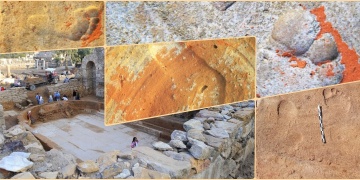
In the ancient city of Stratonikeia, which is located on the lands where the Yatağan district of Muğla is located today, in the 1st century AD, when the Roman Age was ruling, 3 children aged 2-3 years old were running in different directions on wet…

The congress is jointly organized by the China Archaeological Association, the Institute of Archeology of the Chinese Academy of Social Sciences, the Cultural Heritage Administration of Shaanxi Province, and the city-level government of Xi'an.
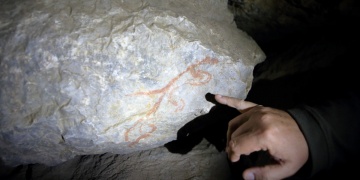
In the famous Yerkapı Tunnel, which every visitor passes through in the Hattusa Ruins, where the capital of the Hittites is located in the Boğazkale district of Çorum, 249 symbols of 3500 years were discovered. The purpose and meanings of the…
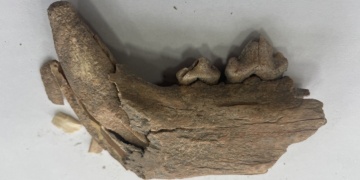
A jawbone fragment belonging to a large cat species was found during archaeological excavations in the Ancient City of Apemeia in Dinar district of Afyonkarahisar. It is estimated that the jawbone belongs to a lion, tiger or panther. However, these…
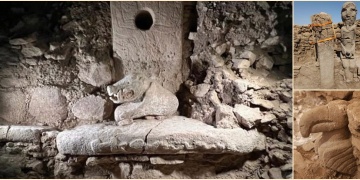
New discoveries that will leave their mark on art history were made during the Stone Hills (Taş Tepeler) archaeological excavations. The first painted neolithic statue was unearthed from Göbeklitepe. The 2.3 meter high human statue in Karahantepe…
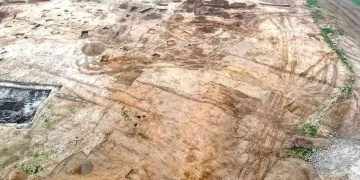
Archaeologists excavating at a Lancashire site unearthed ceramics, pottery, and various artefacts, indicating an Iron Age settlement and Roman occupation.
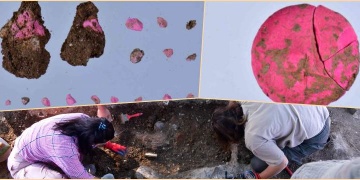
In the Ancient City of Aizanoi in Çavdarhisar district of Kütahya from Turkey, the remains of cosmetics such as bijouterie products and make-up materials used by Roman women 2 thousand years ago were brought to light.

Prof. Dr. Daniel Schwemer from the University of Würzburg in Germany, reports that he identifies this language as the language of the country of Kalaşma, located on the northwestern edge of the Hittite central region, probably in the modern Bolu or…
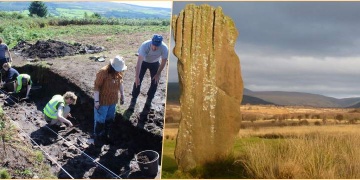
the excavation involves archaeology students from Glasgow University, archaeologists from across the United Kingdom, and community members. According to Gavin MacGregor, director of Archaeology Scotland, “bringing people together to congregate on the…
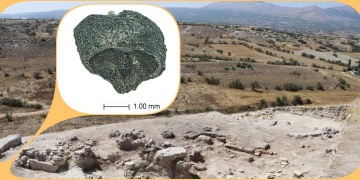
Aşağıseyit Mound Excavation Head Assoc. Prof. Dr. Erim Konakçı: One grape seed was found. It provided new information about grape consumption in these regions in the 1500s BC.
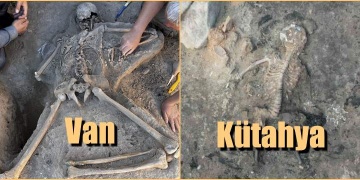
The near-impossible was realized in Turkey. A very rare finding in the world of archaeology was recently discovered in two different excavation sites in Turkey. Immediately after the discovery of a skeleton with a visible brain in the Ayanis castle…
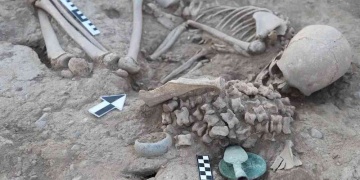
The burial mound of a Bronze Age girl unearthed in Kazakhstan contains a plethora of grave goods, including dozens of animal bones that may have been used for ceremonial purposes and a carving of a frog on a bronze disc.
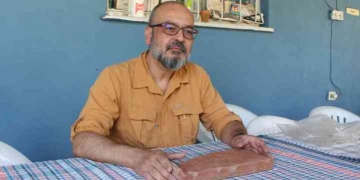
It was determined that “Bagabazos’ dice game” was written in Phrygian letters on the tabla found in the ruins. The artifact found was reviewed by Dr Rostyslav Oreshko from the French National Center for Scientific Research.

An Archaeology team of Peruvian and Japanese archaeologists has unearthed a pre-Hispanic archaeological site where various ethnic groups lived together in northern Peru dedicated to ancestor worship, with burial chambers, human remains and ceramic…
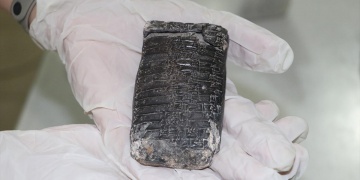
Many cuneiform tablets, many of which contain important information, have been found in the archaeological excavations of Aççana Höyük to date.
The last tablet that archaeologists found by chance without digging isamong the earthquake debris perhaps…
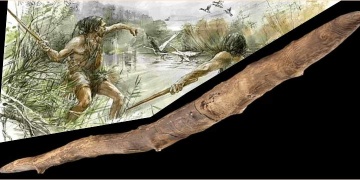
Archaeologist have unearthed a double-pointed stick dating back 300,000 years. They believe it was thrown sideways like a boomerang, rather than like a spear. A recent study of early human woodwork at the University of Reading revealed that early…
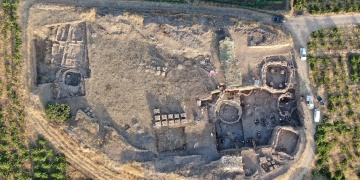
Diyarbakır Culture and Tourism Provincial Director Cemil Alp said '9,300-year-old Gre Filla mound will be moved as it is'. Emphasizing the importance of preserving Gre Filla rather than being destroyed, Alp said that the entire temple will be moved,…
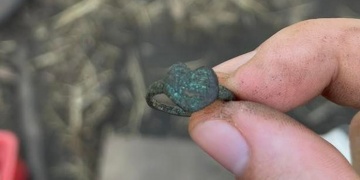
Heart-Shaped unique Jesuit ring was found at the site of Fort St. Joseph, a former French stronghold dating to the 1680s in southwest Michigan. Iconographic ring has been dated to the 1700s and is thought to have been a trade trinket used when…
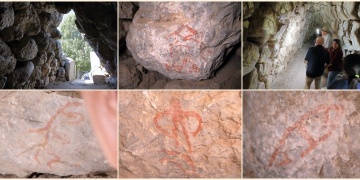
An exciting discovery in Hattusa, the capital of the Hittites. It is aimed to reach new information about the traditions of the Hittite civilization with 249 new hieroglyphs discovered in the Yerkapı Tunnel in Hattusa the capital of the Hittites.






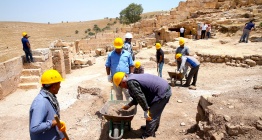

























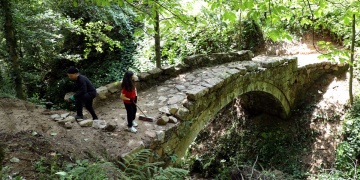 Ressam Serdar Abay, tarihi kemer köprüdeki yabani otları kızıyla temizledi
Ressam Serdar Abay, tarihi kemer köprüdeki yabani otları kızıyla temizledi 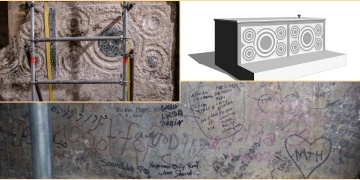 Archaeologists have discoveried a crusader altar in the Church of the Holy Sepulchre
Archaeologists have discoveried a crusader altar in the Church of the Holy Sepulchre  Komodo ejderinin demir dişli olduğu anlaşıldı
Komodo ejderinin demir dişli olduğu anlaşıldı  Doğa Taşlardan, Anadolu Tanrıçaları'ndan sonra Anadolu Bacılarının öykülerini anlatacak
Doğa Taşlardan, Anadolu Tanrıçaları'ndan sonra Anadolu Bacılarının öykülerini anlatacak 

